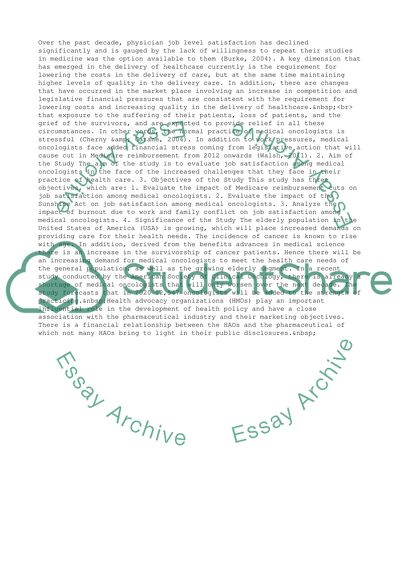Cite this document
(“Medical oncologists job satisfaction in light of Medicare Dissertation”, n.d.)
Retrieved from https://studentshare.org/business/1423768-medical-oncologists-job-satisfaction-in-light-of
Retrieved from https://studentshare.org/business/1423768-medical-oncologists-job-satisfaction-in-light-of
(Medical Oncologists Job Satisfaction in Light of Medicare Dissertation)
https://studentshare.org/business/1423768-medical-oncologists-job-satisfaction-in-light-of.
https://studentshare.org/business/1423768-medical-oncologists-job-satisfaction-in-light-of.
“Medical Oncologists Job Satisfaction in Light of Medicare Dissertation”, n.d. https://studentshare.org/business/1423768-medical-oncologists-job-satisfaction-in-light-of.


